Nestled in the heart of Central Europe, Hungary beckons travelers with its rich tapestry of history, culture, and natural beauty. From the bustling streets of Budapest to the tranquil shores of Lake Balaton and the charming medieval towns dotting its landscape, Hungary offers a myriad of experiences for every kind of adventurer.
Each city and town in Hungary boasts its own unique allure, whether it’s the grandeur of Budapest’s architecture, the serene landscapes of Hortobagy National Park, or the historic charm of Eger and its famed Bull’s Blood wine. This blog explores 50 of Hungary’s best destinations, each celebrated for its cultural heritage, natural wonders, and vibrant community life. Join us on a journey through Hungary’s most captivating locales, where history meets modernity, and every corner tells a story waiting to be discovered.
Budapest

Budapest, Hungary’s capital, is famed for its stunning architecture, thermal baths, and vibrant cultural scene. The city straddles the Danube River, with Buda’s historic Castle Hill and Pest’s lively nightlife creating a perfect blend of history and modernity.
Lake Balaton
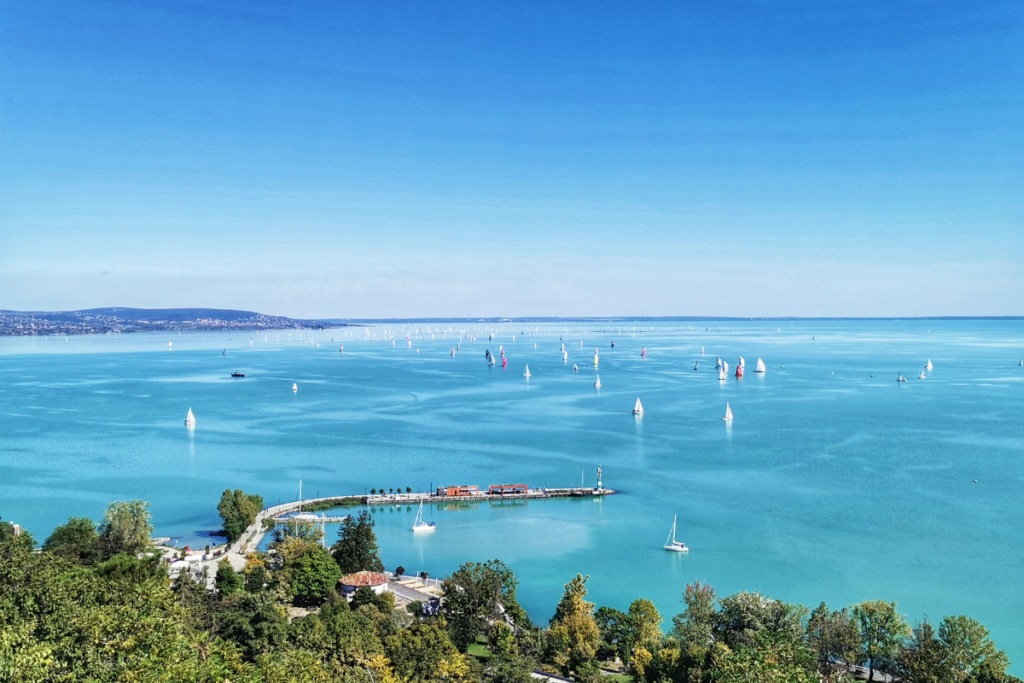
Lake Balaton, Europe’s largest freshwater lake, is a summer hotspot known for its beaches, sailing opportunities, and wine regions. The picturesque Tihany Peninsula and charming lakeside towns attract visitors seeking relaxation and outdoor activities.
Eger

Eger is renowned for its Baroque architecture, including the hilltop Eger Castle. The city’s thermal baths and the famous Bull’s Blood wine make it a popular destination for history buffs and wine enthusiasts alike.
Szentendre

Szentendre, near Budapest, is famous for its colorful streets, art galleries, and Serbian heritage. The charming town on the Danube Bend is known for its Mediterranean atmosphere and vibrant cultural events.
Pecs

Pecs, in southern Hungary, boasts Roman ruins, Ottoman architecture, and the UNESCO-listed Early Christian Necropolis. The city’s cultural diversity and Mediterranean feel make it a hub for history and art lovers.
Szeged
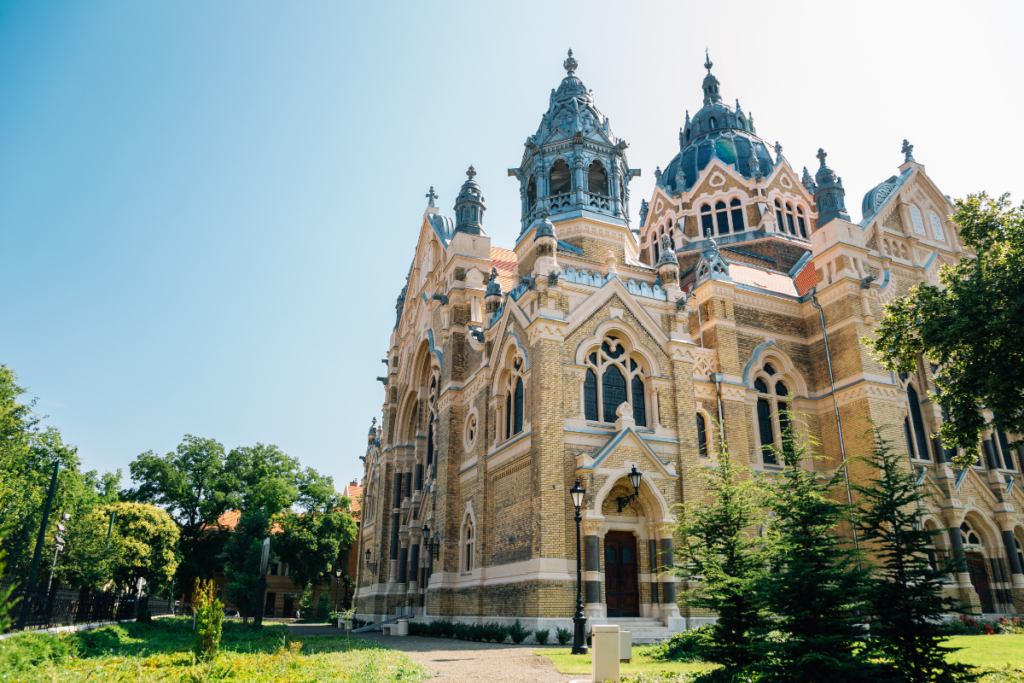
Szeged, located on the Tisza River, is known for its Szeged paprika, vibrant festivals, and Art Nouveau architecture. The city’s thermal baths and lively squares attract visitors year-round.
Debrecen

Debrecen, Hungary’s second-largest city, is famous for its Great Reformed Church and the Hortobagy National Park nearby. The city’s cultural festivals and academic institutions add to its charm.
Visegrad

Visegrad, perched on the Danube Bend, offers breathtaking views from its medieval citadel. The town’s historical significance and outdoor activities in the Pilis Mountains attract tourists seeking both history and nature.
Hortobagy National Park

Hortobagy National Park, Hungary’s largest protected area, is known for its vast plains, traditional Hungarian horsemen, and birdwatching opportunities. The park’s unique ecosystem is a UNESCO World Heritage site.
Esztergom

Esztergom, on the Danube River, is known for its imposing Basilica and historic significance as Hungary’s former capital. The city offers panoramic river views and cultural insights into Hungarian history.
Tihany

Tihany, on Lake Balaton’s northern shore, is famous for its Benedictine Abbey and stunning views over the lake. The town’s lavender fields and outdoor activities attract visitors seeking tranquility and natural beauty.
Gyor

Gyor, in northwestern Hungary, boasts Baroque architecture, thermal baths, and the Raba Quelle Spa. The city’s rich history and lively festivals make it a popular destination for cultural immersion.
Tokaj

Tokaj, in northeastern Hungary, is renowned for its Tokaji wine, known as the “Wine of Kings.” The region’s vineyards, cellars, and wine festivals attract wine enthusiasts from around the world.
Sopron

Sopron, near the Austrian border, is famous for its well-preserved medieval old town and the Firewatch Tower. The city’s blend of Hungarian and Austrian influences makes it a charming destination for history buffs.
Aggtelek National Park

Aggtelek National Park, in northeastern Hungary, is known for its spectacular caves, including the UNESCO-listed Baradla Cave. The park’s karst landscapes and biodiversity attract nature lovers and adventurers.
Szombathely
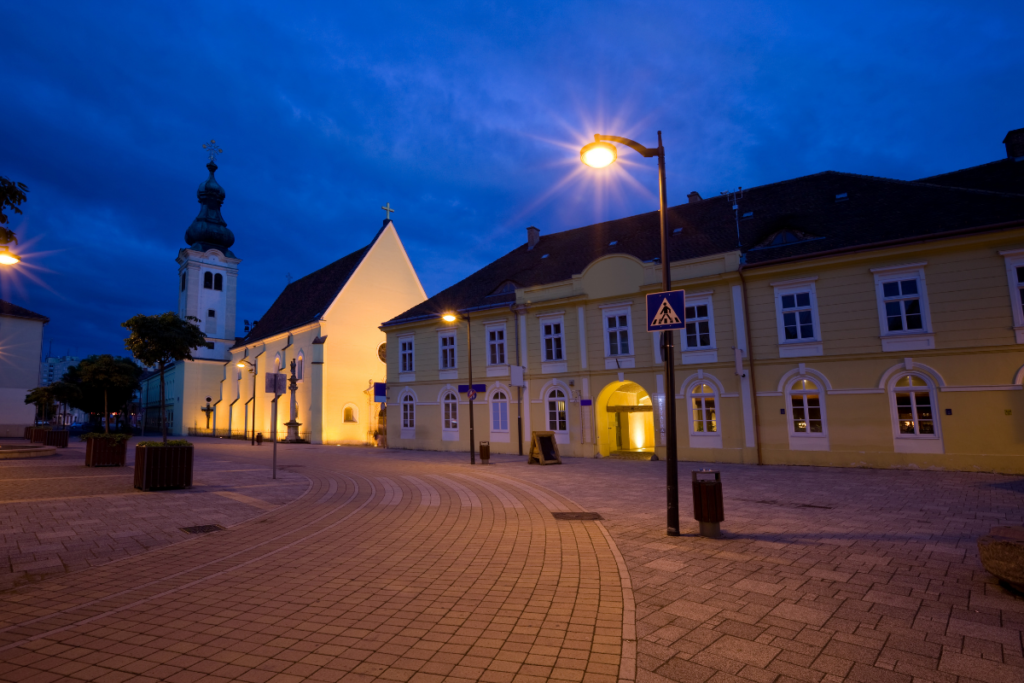
Szombathely, near the Austrian border, is known for its Roman ruins, including the Savaria Museum. The city’s cultural festivals and historic sites offer insights into its Roman and medieval past.
Keszthely

Keszthely, on Lake Balaton’s western shore, is famous for the Festetics Palace and its botanical garden. The town’s lakeside promenade and cultural events attract visitors seeking relaxation and history.
Veszprem

Veszprem, near Lake Balaton, boasts a medieval castle, the Veszprem Zoo, and the Valley of Arts festival. The city’s blend of history, nature, and cultural events makes it a diverse destination.
Szekesfehervar

Szekesfehervar, a former royal residence, is known for its medieval cathedral and the Bory Castle. The city’s historical significance and annual King Stephen Days attract history enthusiasts.
Holloko

Holloko, a UNESCO World Heritage village, is known for its traditional Paloc architecture and Easter celebrations. The village’s folk traditions and rural charm offer a glimpse into Hungarian rural life.
Heviz

Heviz is famous for its thermal lake, Europe’s largest biologically active thermal lake, and its wellness tourism. The town’s healing waters and spa facilities attract visitors seeking relaxation and rejuvenation.
Buk

Buk, in western Hungary, is renowned for its thermal baths and wellness hotels. The town’s medicinal waters and golf courses make it a popular destination for health-conscious travelers.
Lake Velence

Lake Velence, Hungary’s third-largest lake, is known for its shallow waters, beaches, and birdwatching opportunities. The lake’s proximity to Budapest makes it a convenient escape for city dwellers.
Szekszard

Szekszard, in southern Hungary, is famed for its red wine and Art Nouveau architecture. The town’s wine cellars and cultural festivals attract wine enthusiasts and cultural explorers alike.
Sarvar

Sarvar, in western Hungary, boasts a Renaissance castle, thermal spa, and the Arboretum. The town’s wellness facilities and historic landmarks make it a relaxing destination with cultural appeal.
Balatonfured

Balatonfured, on Lake Balaton’s northern shore, is known for its promenade, mineral springs, and the Anna Ball. The town’s therapeutic waters and cultural events attract visitors seeking relaxation and entertainment.
Tata

Tata, on the shores of the Old Lake, is famous for its Tata Castle and the English Garden. The town’s scenic landscapes and outdoor activities make it a peaceful retreat in nature.
Szolnok

Szolnok, on the Tisza River, is known for its aviation museum and riverside promenade. The city’s cultural events and historical museums offer insights into its industrial past.
Kecskemet
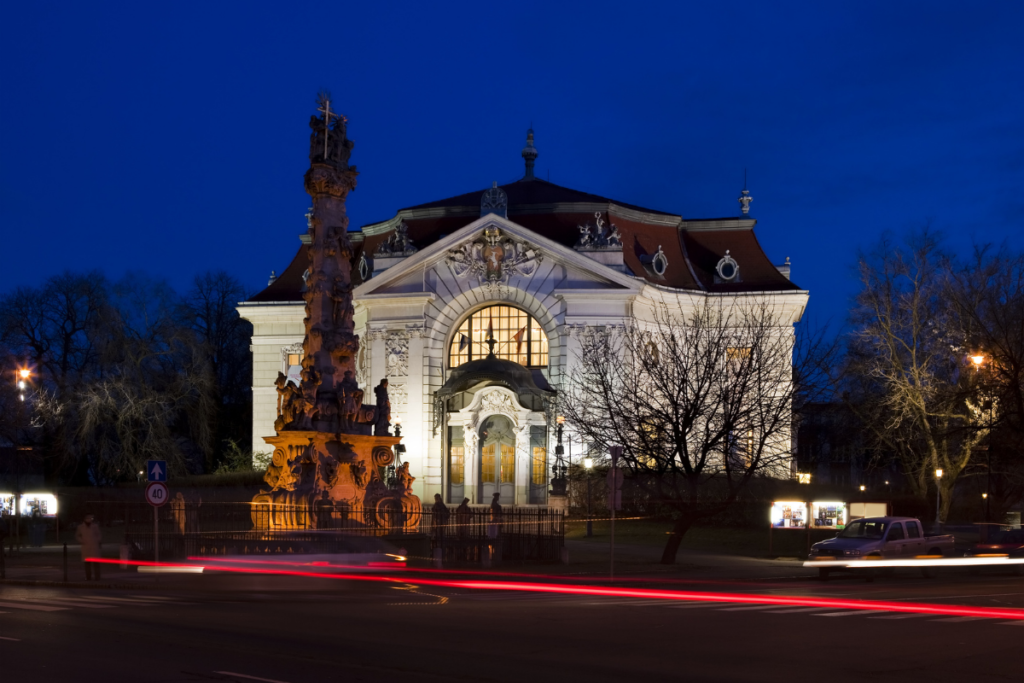
Kecskemet, in central Hungary, boasts Art Nouveau architecture, the Cifra Palace, and the Hungarian Museum of Aviation. The city’s cultural festivals and vibrant squares attract visitors interested in architecture and history.
Nagykanizsa
Nagykanizsa, in southwestern Hungary, is famous for its thermal spa and the Kanizsa Castle. The city’s wellness facilities and historic landmarks make it a relaxing destination with cultural appeal.
Miskolc3

Miskolc, in northeastern Hungary, boasts thermal caves, the Avas Hill with its panoramic views, and the Diosgyor Castle. The city’s blend of nature and history makes it a diverse destination for exploration.
Zalaegerszeg

Zalaegerszeg, in western Hungary, is known for its Göcseji Village Museum and the Zala Plaza shopping center. The city’s cultural events and historical sites offer insights into its rural heritage.
Szombathely

Szombathely, near the Austrian border, is known for its Roman ruins, including the Savaria Museum. The city’s cultural festivals and historic sites offer insights into its Roman and medieval past.
Szentes

Szentes, in southeastern Hungary, boasts a thermal spa and the Szentesi Gallery. The city’s wellness facilities and cultural events make it a relaxing destination with artistic appeal.
Hodmezovasarhely

Hodmezovasarhely, in southeastern Hungary, is known for its main square, the Thermal Bath, and the Museum of Szeged. The city’s cultural festivals and historical landmarks offer insights into its rural heritage.
Dunaujvaros

Dunaujvaros, on the banks of the Danube, is famous for its steel industry and the Zsigmond Kun Folk Art Museum. The city’s industrial history and cultural events attract visitors interested in modern art and technology.
Nyiregyhaza

Nyiregyhaza, in northeastern Hungary, boasts the Sosto Open Air Village Museum and the Zoo. The city’s cultural events and natural attractions make it a family-friendly destination with educational appeal.
Paks
Paks, on the Danube River, is known for its nuclear power plant and the House of Hungarian Electrography. The city’s industrial tours and cultural events offer insights into its technological advancements.
Salgotarjan
Salgotarjan, in northern Hungary, boasts the Karancs-Medves Landscape Protection Area and the Museum of Salgotarjan. The city’s natural beauty and historical landmarks make it a peaceful retreat in nature.
Siofok

Siofok, on Lake Balaton’s southern shore, is famous for its beaches, nightlife, and the Coke Club. The town’s vibrant atmosphere and water sports attract visitors seeking relaxation and entertainment.
Szigetszentmiklos

Szigetszentmiklos, near Budapest, boasts the Raba Quelle Spa and the Szentendre Island. The city’s wellness facilities and cultural events offer a relaxing escape with historical charm.
Szekszard

Szekszard, in southern Hungary, is famed for its red wine and Art Nouveau architecture. The town’s wine cellars and cultural festivals attract wine enthusiasts and cultural explorers alike.
Tatabanya

Tatabanya, in northwestern Hungary, is known for its open-air mining museum and the Gerecse Mountains. The city’s industrial history and outdoor activities make it a diverse destination for exploration.
Bekescsaba

Bekescsaba, located in southeastern Hungary, is renowned for its historic landmarks, thermal spa, and the annual Bekescsaba Pepper Festival. The city’s rich agricultural heritage and vibrant cultural scene attract visitors interested in local traditions and relaxation.
Szigethalom
Szigethalom, near Budapest, is known for its tranquil surroundings, the Sziget Spa, and the Szentendre Island. The town’s wellness facilities and natural beauty offer a peaceful retreat with therapeutic benefits.
Oroshaza
Oroshaza, in southeastern Hungary, boasts the Gyoparosfurdo Thermal Spa and the Aquapark. The city’s wellness facilities and recreational activities make it a popular destination for families and health-conscious travelers.
Godollo

Godollo, near Budapest, is famous for the Royal Palace of Godollo, the former summer residence of the Habsburgs. The town’s historical palace and parklands attract visitors interested in royal history and architecture.
Kaposvar
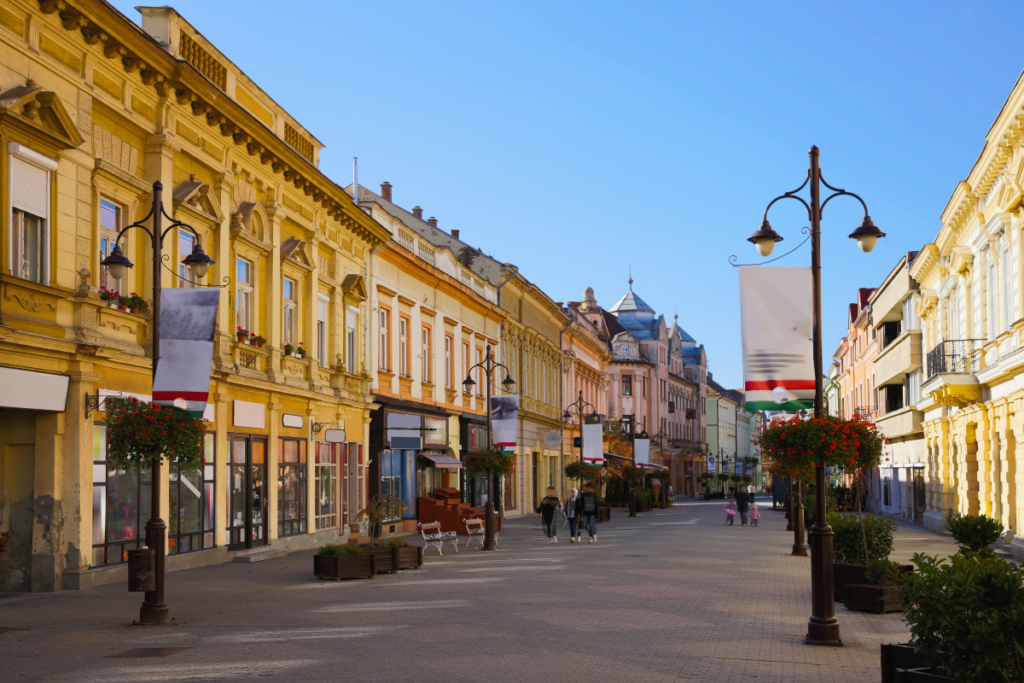
Kaposvar, in southwestern Hungary, is known for its cultural institutions, including the Rippl-Ronai Museum and the Csiky Gergely Theater. The city’s artistic heritage and green spaces make it a cultural hub for visitors.
Szazhalombatta
Szazhalombatta, on the banks of the Danube, is renowned for its archaeological park and the Pentezug Heritage Museum. The city’s ancient history and cultural events offer insights into its prehistoric past and modern-day life.
Gyula

Gyula, in southeastern Hungary, boasts a medieval castle, thermal bath, and the Gyula Almasy Castle Theater. The city’s historical landmarks and wellness facilities make it a popular destination for relaxation and exploration.
Hungary, with its diverse landscapes, rich history, and cultural diversity, offers a plethora of destinations that cater to every traveler’s interests. Whether you seek historical architecture, natural beauty, wellness retreats, or cultural festivals, Hungary’s cities and towns provide an array of experiences waiting to be explored. Each location on this list showcases unique attractions and highlights that contribute to Hungary’s charm and appeal as a travel destination in Central Europe.




